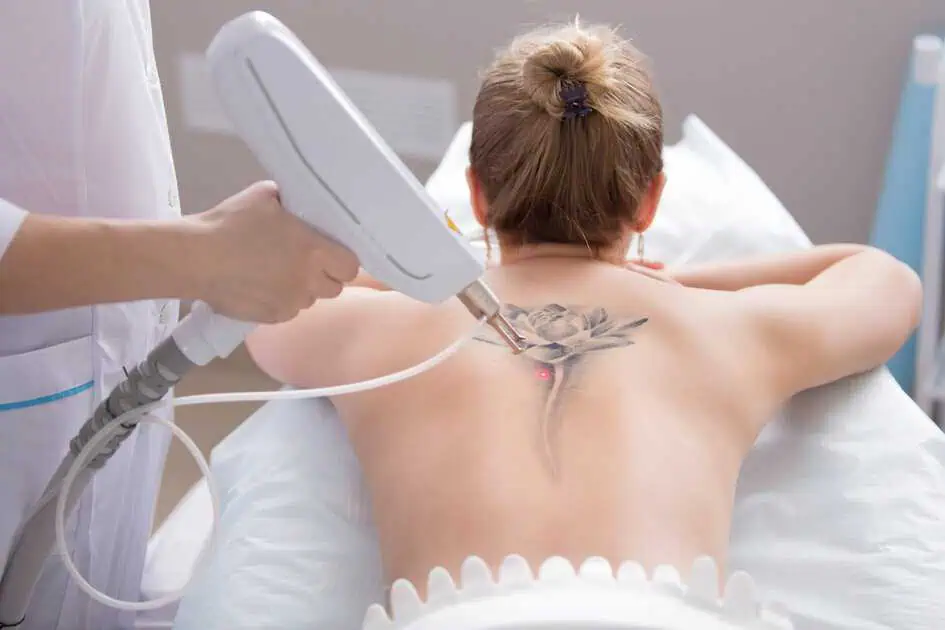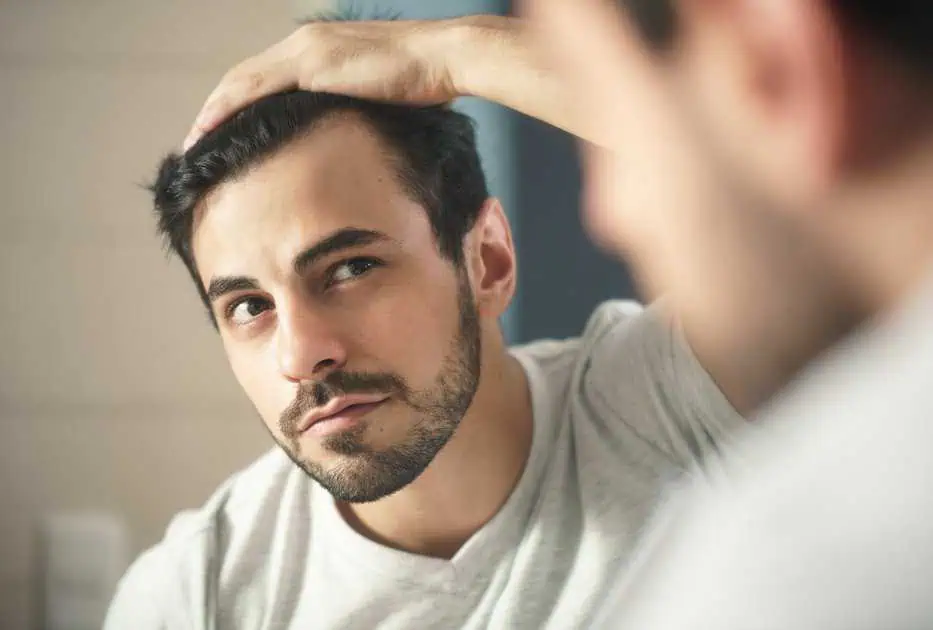

Struggling with thinning hair and unsure how to regain its fullness?
Hair loss can impact your self-esteem, but there’s good news—modern hair restoration treatments offer effective solutions to restore thickness and confidence.
This blog will guide you through the benefits, available treatments, and expert advice to help you achieve natural-looking, lasting results.
Hair restoration refers to a range of medical and cosmetic procedures designed to combat hair loss and promote hair regrowth. It can involve surgical, minimally invasive, or non-surgical treatments.
Hair restoration approaches depend on the severity of the hair loss and the patient’s needs. The primary goal of hair restoration treatments is to stimulate dormant or weakened hair follicles, encourage new growth, and improve overall hair density and quality.
By targeting the underlying causes of hair thinning—whether hormonal, genetic, or environmental—these treatments aim to provide sustainable, natural-looking results.
Common causes of hair loss that can be addressed:
With options ranging from microneedling, PRP therapy, laser treatments, and medications, patients have a variety of hair loss treatments available to fit their specific condition.
One of the most profound impacts of hair restoration is the boost in self-confidence that many patients experience.
Thinning hair or bald spots can cause self-consciousness. This can affect how patients perceive themselves and interact with others. By undergoing a hair regrowth treatment, patients often regain their sense of control and confidence in their appearance.
Emotional benefits include:
Modern hair restoration treatments are designed to provide results that look and feel natural. Techniques such as Follicular Unit Extraction (FUE) and Platelet-Rich Plasma (PRP) therapy focus on enhancing existing hair and promoting new growth.
The mentioned methods aim for seamless integration with your natural hair pattern, delivering long-lasting improvements in density and volume.
Key features of natural results:
Unlike traditional surgical options, many modern hair restoration treatments require minimal recovery time. Non-surgical options like PRP therapy and microneedling allow patients to resume their daily activities shortly after treatment. These minimally invasive options are ideal for individuals seeking effective solutions without significant disruption to their lives.
What to expect:
Not all cases of hair thinning or hair loss are the same, which is why personalized care is crucial. Specialists develop customized plans by evaluating the severity of hair loss, the underlying cause, and the patient’s overall health. This ensures that the selected hair restoration treatments are optimized to achieve the best possible outcomes.
Customization advantages:
Beyond regrowing hair, hair restoration treatments contribute to overall scalp and hair health. PRP therapy, microneedling, and LLLT, for example, improve blood circulation and nutrient delivery to the scalp, promoting stronger, shinier hair. Treatments that focus on enhancing scalp health can also prevent further hair loss.
PRP therapy is a popular, minimally invasive option for treating thinning hair. This treatment involves extracting a sample of the patient’s blood. Afterward, it will be processed to concentrate the platelets. The procedure also involves injecting the platelet-rich solution into the scalp.
The growth factors in PRP stimulate the hair follicles, promoting thicker, healthier hair growth. PRP is often combined with microneedling for enhanced effectiveness.
Microneedling is a cutting-edge method that has gained significant traction in hair restoration treatments. This technique involves using a device equipped with fine needles to create microchannels in the scalp. These micro-injuries stimulate the body’s natural healing process, promoting blood flow and encouraging the release of growth factors that nourish hair follicles.
When combined with PRP or donor growth factor serums, microneedling becomes even more potent. The tiny channels created allow the serums to penetrate deeper into the skin, maximizing their impact on hair follicle stimulation.
LLLT is a non-invasive hair restoration treatment that uses low-intensity laser light to stimulate hair growth. The red light wavelengths penetrate the scalp, increasing blood flow and encouraging hair follicles to shift from the resting phase to the active growth phase. This therapy can be combined with microneedling and PRP for enhanced results.
Medications like minoxidil and finasteride are often used to complement other hair restoration treatments. Minoxidil is a topical treatment that promotes blood flow to hair follicles, stimulating growth, while finasteride is an oral medication that inhibits DHT (a hormone linked to hair loss) to prevent further thinning.
While undergoing hair restoration treatments can provide excellent results, there are several ways to maximize their effectiveness and ensure long-term benefits. Following a comprehensive aftercare routine and combining treatments with lifestyle adjustments can significantly improve outcomes.
A diet rich in vitamins and minerals—especially biotin, iron, and vitamin D—can support hair health and growth. Nutrients help nourish hair follicles and improve scalp circulation.
Consistency is key to achieving the best results. Whether you’re using topical treatments like minoxidil or undergoing PRP therapy, follow your specialist’s recommendations without skipping sessions.
Keep the scalp clean and free from buildup to allow hair follicles to function properly. Use gentle shampoos that promote scalp health and avoid harsh chemicals.
High-stress levels can contribute to hair thinning and loss. Incorporating stress management practices such as exercise, meditation, or therapy can improve your hair restoration outcomes.
Dr. Amber Bocknek offers specialized hair restoration in Aurora, ON, using cutting-edge techniques to deliver effective results. She focuses on personalized care, providing patients with access to PRP therapy and microneedling combined with donor growth factor serums.
Why choose Dr. Bocknek:
Book Your Hair Restoration Consultation Today!
The timeframe for visible results varies depending on the treatment. PRP therapy typically shows noticeable improvements within 3-6 months. On the other hand, microneedling combined with growth factors may yield faster results.
Most modern hair restoration treatments are designed to be minimally invasive with little to no pain. PRP therapy involves minor injections, and microneedling may cause mild discomfort. However, these sensations are usually manageable.
Treatments like PRP, microneedling, and medications can stimulate regrowth and improve existing hair. However, they may not completely prevent future hair loss, especially in cases of genetic predisposition.
Yes, most hair restoration treatments are effective for both men and women. Treatments like PRP therapy, microneedling, and LLLT target underlying factors of hair loss common in both genders. These could be androgenetic alopecia and stress-induced thinning.